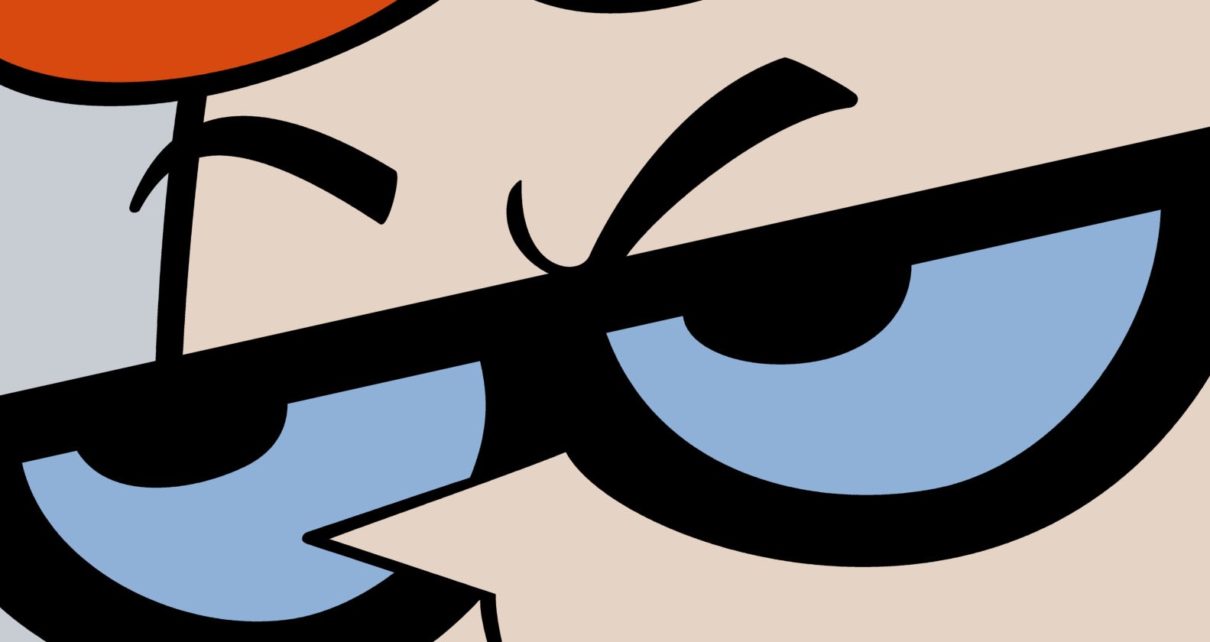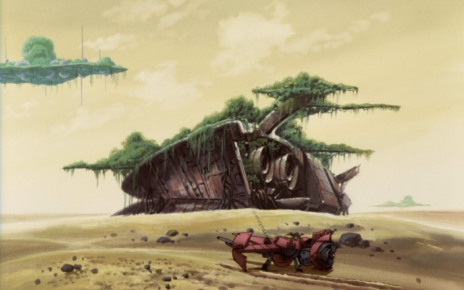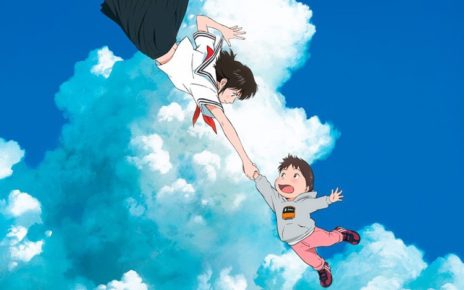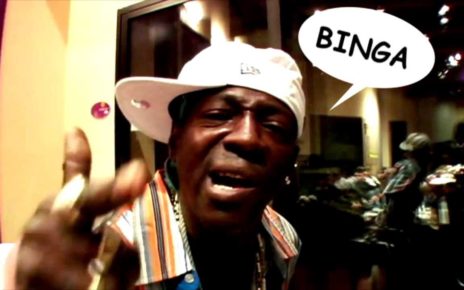If you’ve been following The Dot and Line for a while, the name Fred Seibert might sound familiar to you. Last August, we interviewed the animation guru for our Nicktoons Month package, and he chatted with us about his contributions to Nickelodeon since he helped relaunch the company in 1985 and after he was brought back aboard in 1997 to launch the anthology series Random! Cartoons and Oh Yeah!Cartoons.
But Seibert only returned to Nick after serving as president of Hanna-Barbera Cartoons for five years. During that time, he launched the anthology series What A Cartoon!, which begat such classic ’90s series as The Powerpuff Girls, Johnny Bravo, Cow & Chicken, and Courage The Cowardly Dog—and, of course, Dexter’s Laboratory.
Our previous conversation with Seibert covered a wide range of topics spanning his entire career — and we intend to publish it in full eventually — but we found quite the nugget of cartoony brilliance buried within the 6,000 plus–word transcript. That story, which follows, should provide some valuable insight into the inner workings of the animation industry, all while highlighting the absurd work ethic of a young Genndy Tartakovsky—the guy who created Dexter’s Laboratory and Samurai Jack, which returns to television for a fifth season on Adult Swim in just one month.
Was there ever a cartoon that you thought was one of your favorites, like one of your favorite possible shorts that didn’t go? And can you tell one of your favorite stories about meeting a creator that turned into a series that you never thought was going to be as big as it was?
Dexter’s Laboratory was a show that when it was pitched, a lot of people in the room liked it. And at the time, I was incredibly insecure, knowing that I knew nothing about cartoons. And if truth be told, while there were a few cartoons in the earliest days that I was very adamant about wanting to do — Cow & Chicken would be one of them — when Dexter’s Laboratory came, I didn’t have a feeling one way or the other, but the room was into it, so I went with the room. So when the first pencil test for each show came up — by the time pencil tests happened on all these cartoons you sort of lost that first energy of, Oh, this will be great! —almost all of them were only OK. And so the Dexter’s Laboratory pencil test was OK. Then, the next stage is called color. When color came out: OK, OK, it’s OK. Then what was supposed to be the final cut, but what turned out to be the first cut, with music and effects, came in. I looked at and was like, Oh, it’s OK. I guess it’s not a hit.
“Well, the score didn’t really work, the sound effects didn’t really work,” he said. “So I threw them out, asked the composer to redo it, and then I re-edited the end.” I went, “You re-edited?”
The next thing I knew, a second cut was coming in, which never happened. And we all looked down and went, Oh my god, this is amazing! So I called Genndy Tartakovsky down to my office. I said, “Genndy, what’s with this cut?”
Now you have to understand that background-wise, Genndy was at Cal Arts but never finished his senior thesis film — which was in fact Dexter’s Laboratory — because he took a job with Rob Renzetti, the eventual creator of My Life As a Teenage Robot, in Spain, animating on Batman: The Animated Series, because both Rob and Genndy were really interested in animating. And by that point in the history of TV cartoons, no animation was being done in America. It was all done overseas. So these guys, in their senior year, took a job in Spain in a contracting studio to learn how to animate better. They were very dedicated animation directors. And it never occurred to Genndy that he’d ever have a chance to create a cartoon. So when we came up with the idea of What A Cartoon!, he just dusted off his senior thesis film, came up with a storyboard, and pitched it. So he had never, ever finished a film at this point in his life.
So he comes down to my office, and I go, “What happened between this cut and the first?” And he goes, “Well, the first cut didn’t work.” I went, “Uh huh…?” He said, “So I threw it out. I threw out the second half and did it over again.” I went, “What do you mean?”
“Well, the score didn’t really work, the sound effects didn’t really work,” he said. “So I threw them out, asked the composer to redo it, and then I re-edited the end.” I went, “You re-edited?” Remember, there’s no extra footage in a cartoon, right? You only animate the footage you need for the film that you preconceive. Completely different than a live-action film where you have 15 angles, and 45 takes, and all that. He says, “Yeah, I redid it!” So I asked, “What did you do?”
I don’t know if you remember, but in the first Dexter’s, there’s this snail going for a big button and I guess Dee Dee also going for the button, and they’re both slowly coming at the button. He said, “That wasn’t exciting at all, so I intercut them so it looked like there was tension that went in there, and then I redid the score.” And I’m like, Oh my God. This kid— at the time, he was, like, 23 — who has never finished a commercial film, never finished any film in his life, had such high standards for himself that he didn’t know that he couldn’t redo his film, and redid the whole thing, convinced the composer to do it for non extra cost, sat down with the editor, and reconfigured the whole thing.
And that first Dexter’s Laboratory short was just a pure piece of crystal genius. It was fantastic, and led to the series. So I had no expectation that that was going to be a hit series, and now Genndy is one of the leading lights of the industry to this day.
Who will hopefully finish Samurai Jack really soon. [Eds. note: We chatted before the new season was announced.]
He will! To my sadness. We had the movie rights to make a Samurai Jack feature for ten years and couldn’t get it started. And so when our option lapsed, I went back to Cartoon Network, and they were smart enough to come up with a miniseries.
Thanks for reading The Dot and Line, where we talk about animation of all kinds. Don’t forget to ❤ this article and follow us on Twitter and Facebook.





